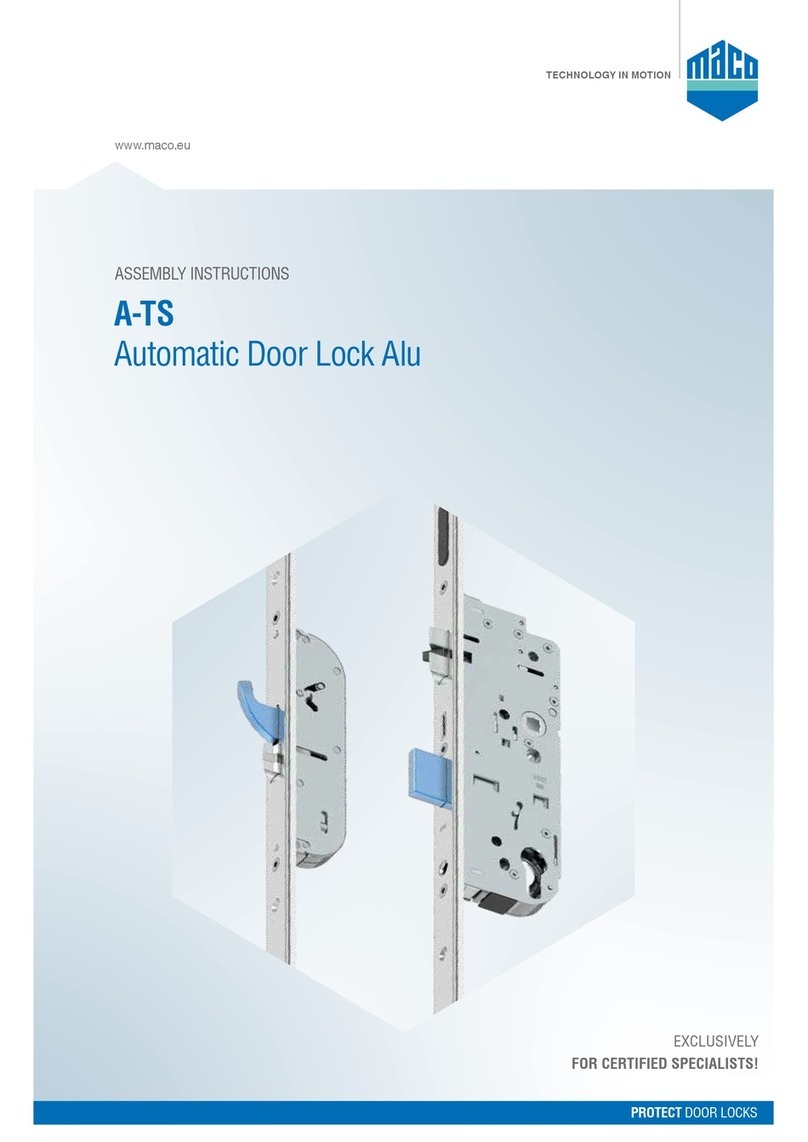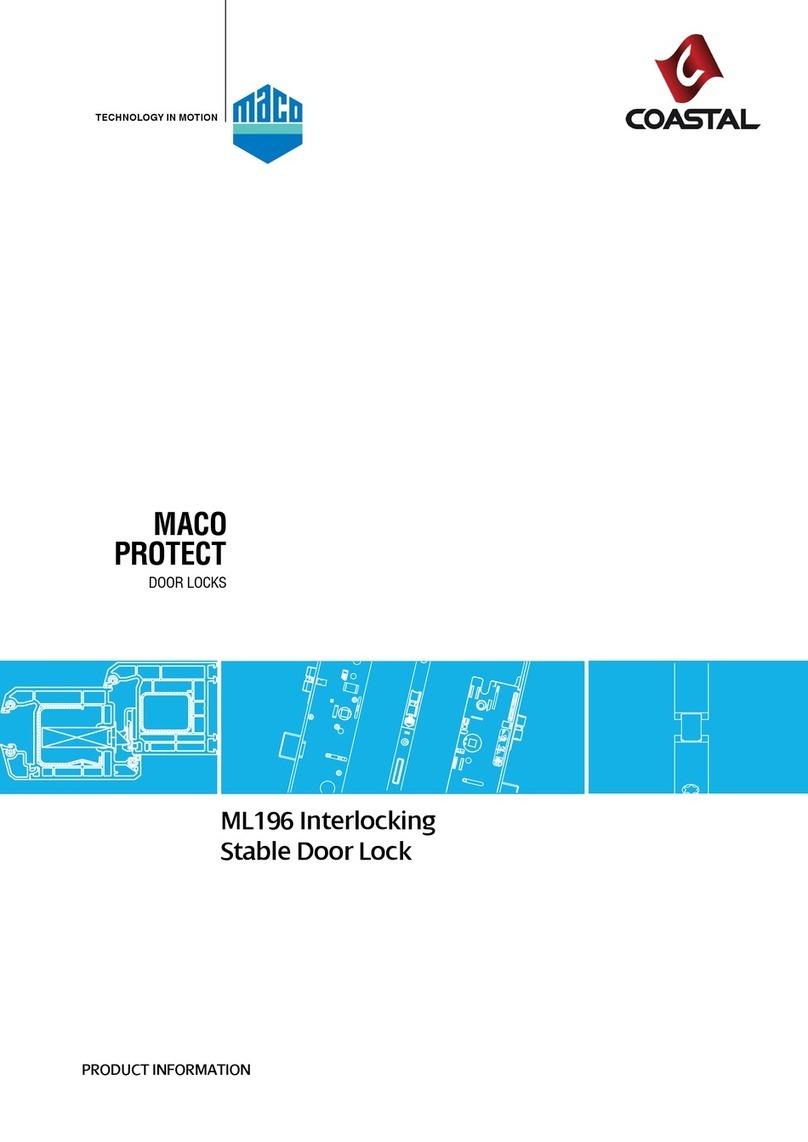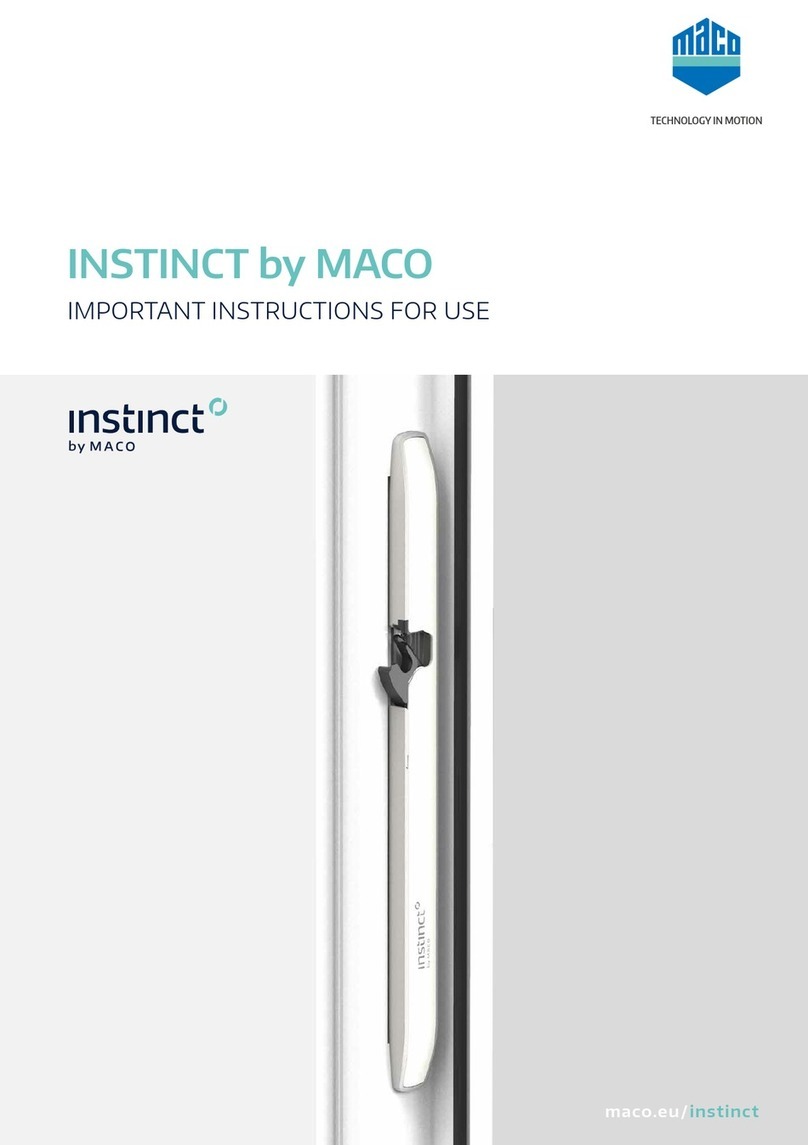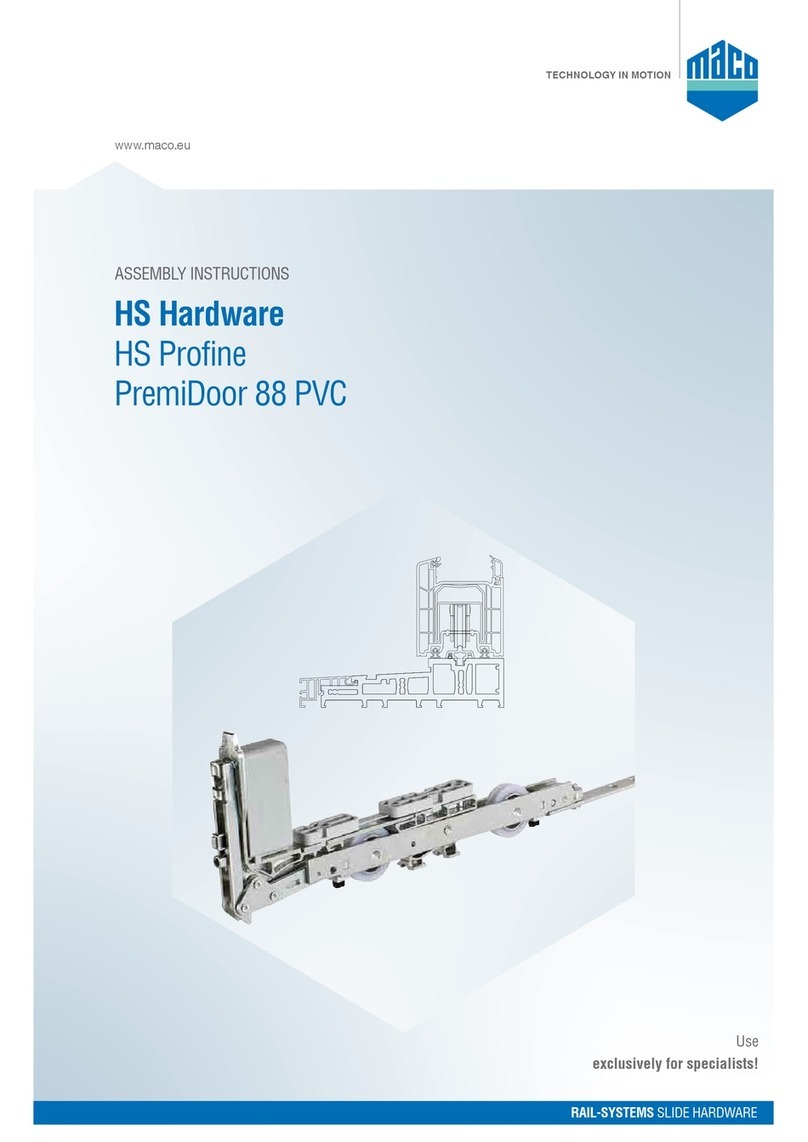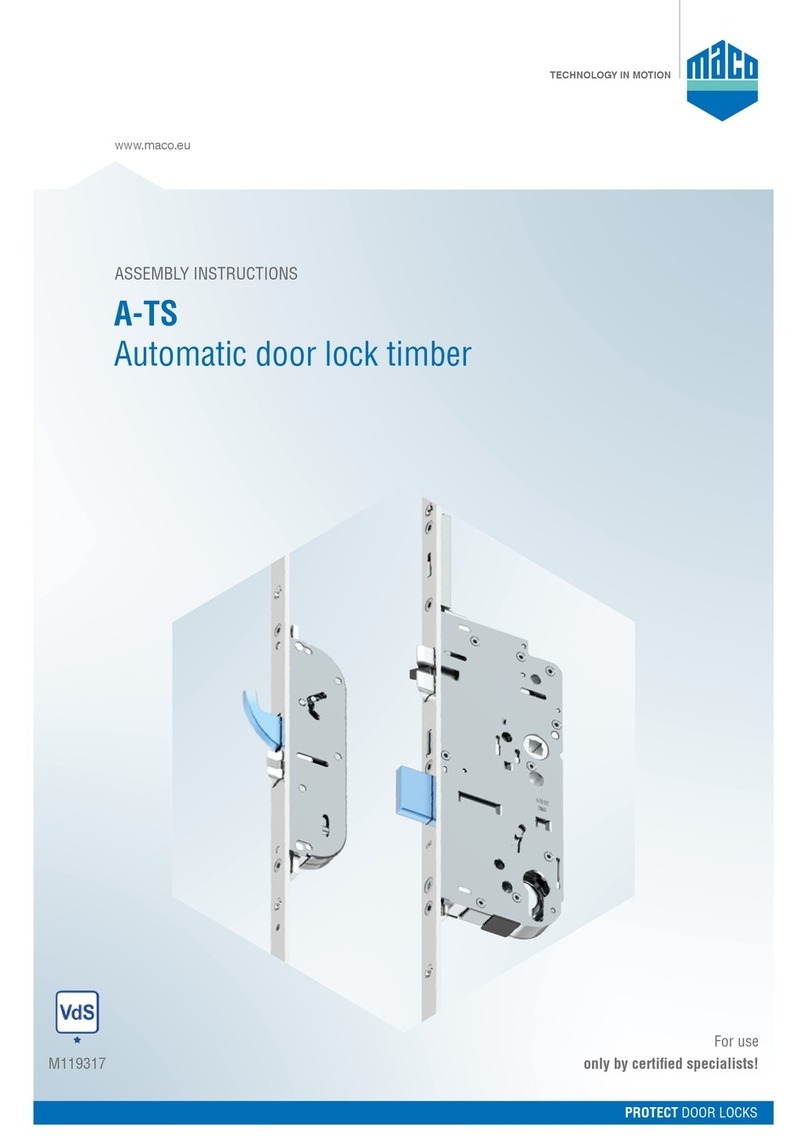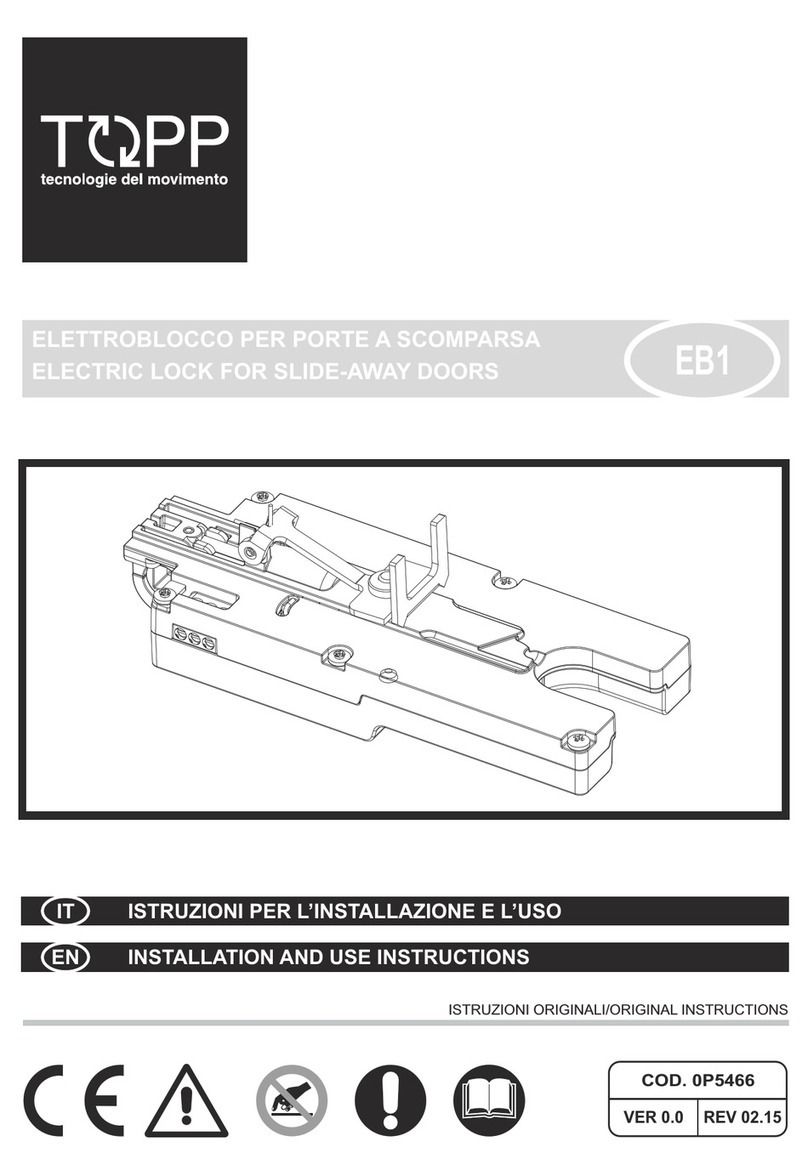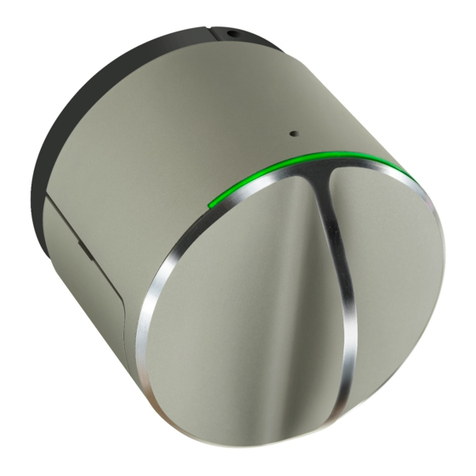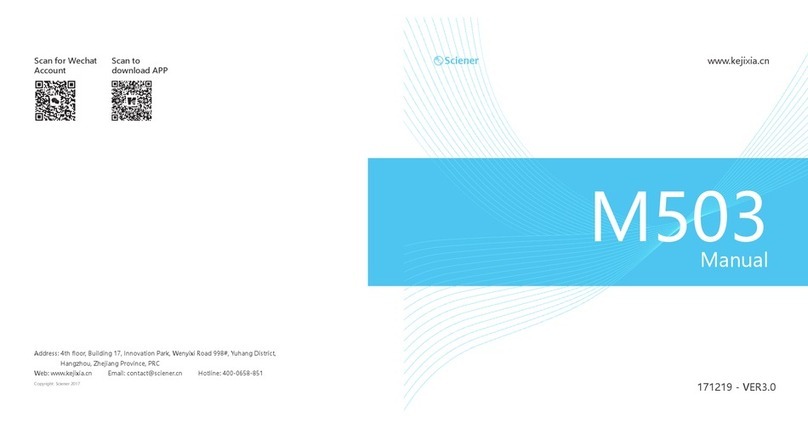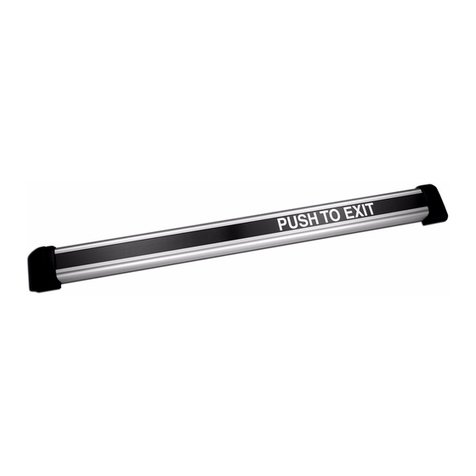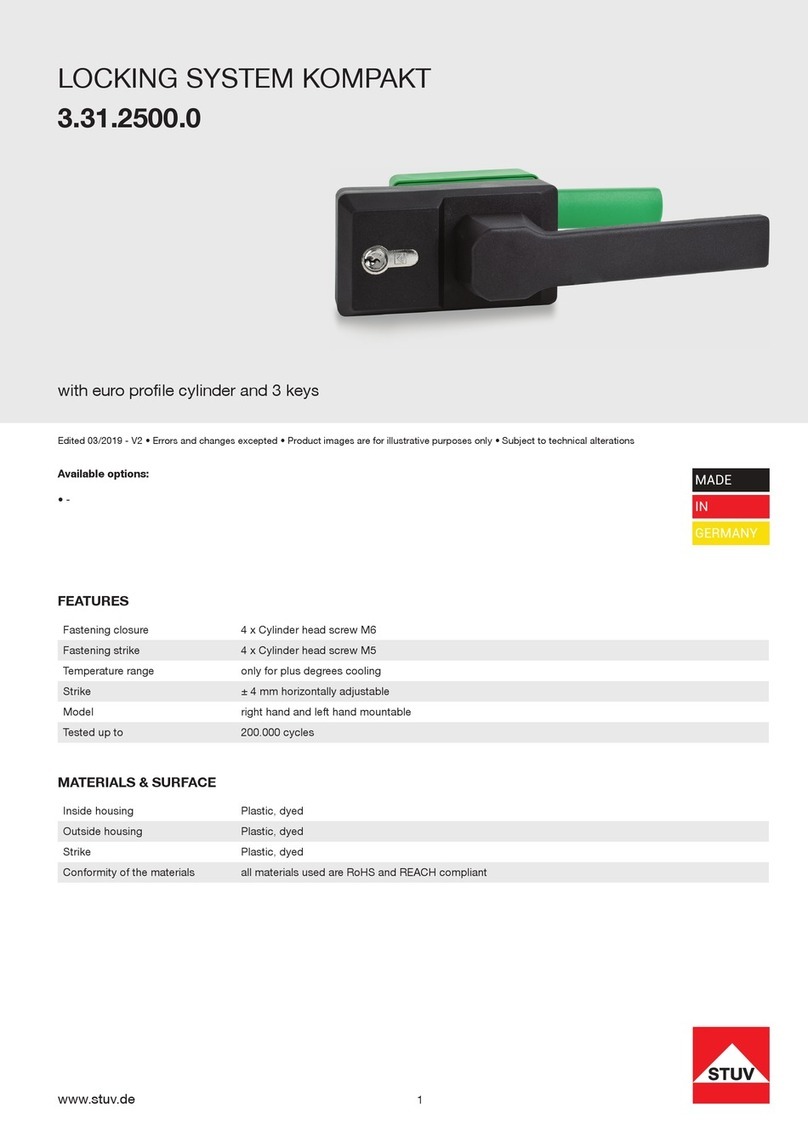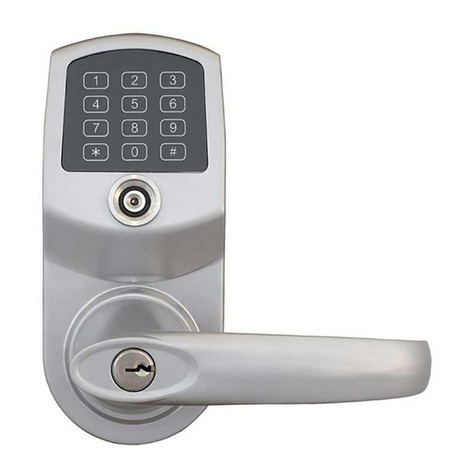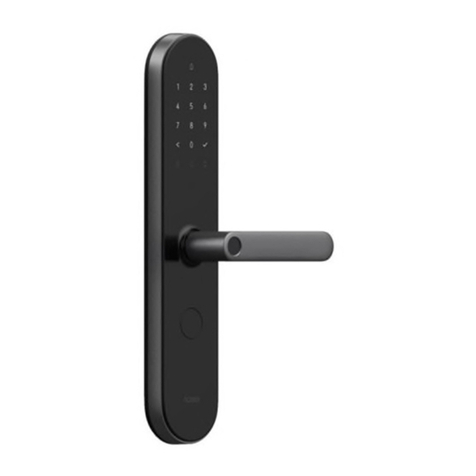
- 18 - - 19 -
General Cleaning Instructions:
Regular cleaning is a pre-requisite for maintaining the functionality
of the door. When cleaning the glass, the seals and the surfaces, also
check the hardware parts for any dirt and, if necessary, clean them
with a damp cloth and ph-neutral detergent. The door may only be
closed again aer the cleaned parts have dried.
›Cleaning instructions for glass surfaces:
Commercially available, ammonia-free glass cleaners can be used
to clean glass surfaces. No detergents, acids, uoride-containing
cleaning agents or scouring agents may be used! Stubborn dirt
such as splashes of paint and the like, can be removed with
alcohol, washing petrol or similar.
Clean any glass surfaces only with a so, lint-free cloth. Never use
micro-bre cloths, cleaning sponges, scouring rags, steel wool,
metallic or abrasive objects or similar as these all scratch the glass
surface!
›Cleaning instructions for seals:
Only use mild detergents to clean the seals. Never use solvent
cleaning agents such as acetone, nitro-thinners, alcohols, acids,
bases or the like! These dissolve the upper surface structure of
seals. Special care products for seals (e.g. Vaseline, talcum
powder, liquid silicones) can be used to extend the elasticity of the
seal and thus the service life. The application should take place
about once a year.
ATTENTION!
Micro-bre cloths contain fabrics and bres that can destroy
the surface of glass and seals!
Micro-bre cloths are therefore not suitable for cleaning doors!
Cleaning instructions for door frames and doors:
›Plastic Surface:
Generally, plastic surfaces must always be wet cleaned. Dry wiping
leads to a dull, blunt surface due to dust and dirt. For cleaning use
only so, lint-free cleaning cloths. Cleaning products that are
specially designed for the maintenance of plastic surfaces or
decorative surfaces have been developed and their application is
proven. Soap containing cleaning agents are generally suitable.
Abrasive and solvent-containing cleaning agents can scratch or
damage the surface and therefore must not be used. In case of
heavier contamination, simply allow the cleaning product to have
a longer eect. The use of gloss seals can prolong the cleaning
intervals and simplify cleaning. The surface temperature must not
exceed 25°C during cleaning. Cleaning agents are available in retail
or from the door manufacturers.
›Wood Surface:
The cleaning of the wooden surfaces in the interior is best done
with mild detergents such as diluted detergents or soap alkalis.
Abrasive, corrosive and solvent-containing cleaners destroy the
lacquer surface. For cleaning, use only so, lint-free cleaning
cloths that do not scratch the lacquer surface. Window cleaners
contain small traces of alcohol and ammonia. These cleaners are
suitable for cleaning the glass panes as well as cleaning wood
surfaces. Aer cleaning, dry the wooden proles with a dry, so
rag, because if le on too long the alcohol can soen the surface
of the lacquer.
Outdoor surfaces are to be cleaned in the same way as indoor
surfaces. Outdoors, the surface is more exposed to the weather -
sun, rain, humidity and temperature. Over time and depending on
the intensity, this can aect the surface and possibly cause small
cracks and the like. These small damages must be repaired
immediately (re-painting) in order to avoid more expensive repairs
later on. Repairs and re-painting of door elements must only be
carried out by specialists!
›Aluminium Surface:
With aluminium surfaces, light dirt can be removed with a sponge
and water, to which a neutral cleaning agent (e.g. washing-up
liquid) has been added. Do not use acidic or highly alkaline
detergents that attack the surface. Never use abrasive cleaning
agents or scrubbing sponges! Solvents (e.g. Acetone, petrol,
nitro-thinners etc.) also damage the surface.
The cleaning of the surfaces must not be carried out in direct
sunlight. The surface temperature must not exceed 25°C. Cleaning
agents are available in retail or from the door manufacturers.
ATTENTION!
Abrasive and solvent-containing cleaning agents damage the
surfaces and must not be used! Only use so, lint-free cleaning
cloths for care!
Additionally, test the cleaning agent and cloth on a hidden area
rst (the inner fold for example).















